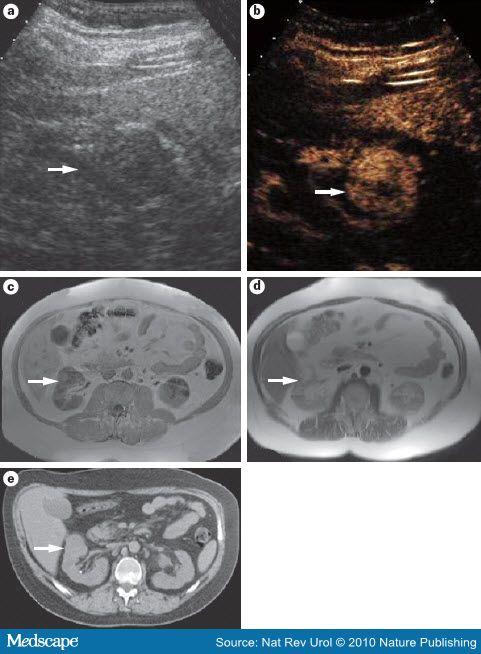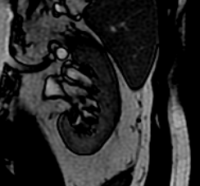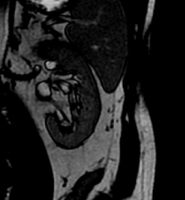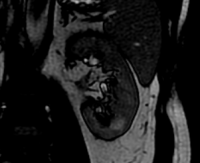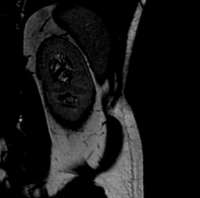x-ray peat
Member
- Joined
- Dec 8, 2016
- Messages
- 2,343
Hi, I have to have an MRI done on Saturday to look at a spot on one of my kidneys.
This was the finding
"Incidentally noted 10 mm T2 hypointense lesion in the lower pole of the left
kidney. Recommend evaluation with abdominal MRI without and with contrast."
after doing some research on the contrast agent, gadolinium, seems a bit sketchy, can collect in brain and also cause kidney problems plus who knows what else.
Anyone have any knowledge on the risks/benefits of the contrast agent with respect to a kidney lesion. BTW my mother, brother and cousin have all had kidney lesions found that turned out to be nothing dangerous.
My plan is to have the MRI but refuse the contrast.
@DrJ I appreciated your response on CT Scans and was wondering if you had anything else to add on MRI contrasting agents.
This was the finding
"Incidentally noted 10 mm T2 hypointense lesion in the lower pole of the left
kidney. Recommend evaluation with abdominal MRI without and with contrast."
after doing some research on the contrast agent, gadolinium, seems a bit sketchy, can collect in brain and also cause kidney problems plus who knows what else.
Anyone have any knowledge on the risks/benefits of the contrast agent with respect to a kidney lesion. BTW my mother, brother and cousin have all had kidney lesions found that turned out to be nothing dangerous.
My plan is to have the MRI but refuse the contrast.
@DrJ I appreciated your response on CT Scans and was wondering if you had anything else to add on MRI contrasting agents.

